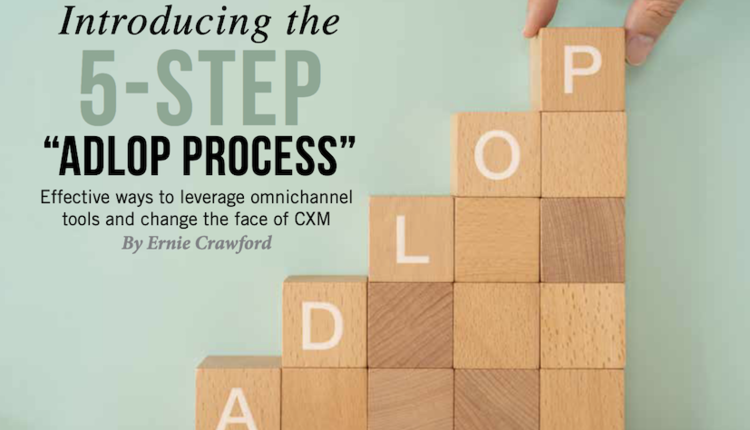
At the turn of the last century, organizations typically elected to track the following three job statuses:
1. Job received
2. Job printed
3. Job shipped
Eventually, this “job tracking” evolved from multiple daily meetings, notes on whiteboards and paper status logging to the automated tracking of documents—from the time of electronic submission to print output and finishing (inserting that output into envelopes). Operations managers knew that they had to track what was being printed, where the output moved around within their building and when the pages became documents and were mailed.
By the late 1990s, the printing market had matured enough to have a very good grasp on the measurement of output. The inserter vendors used sensors and were beginning to implement camera systems to capture even more data. Over time, these silos of information were consolidated with a variety of reports to produce a good historical view of what had taken place. As technology progressed, these systems started to capture more information and even produce real-time data.
So, now what? More operations were using measurements, but how would you know if your operation was antiquated, good or state-of-the-art? The term "best practice" was often used for various silos, but which practice was truly best? How could you tell if you truly had optimized your operation?
After sitting at multiple conferences, listening to many vendors and consultants, I started to see a few patterns. Eventually, I decided to put a top 20 list together that could provide a snapshot of what "good" looked like. I then had the opportunity to field-test my list by visiting over 100 operations throughout North America. As I used this production center scorecard, it became evident that managers measured a few things that were easily counted—print output, envelopes filled with documents, operator productivity, postage used—but not the underlying procedures that could improve these processes.
These unnoticed or peripheral procedures are usually at the root of inefficiency and unbudgeted overspending. I believe that getting to the root cause of the inefficiencies and working with cross-functional teams can turn measured information into progress when they understand the “whys.”
Investigating processes, like the source of production print jobs and how they make it to the print floor, can reveal manual interventions, undocumented steps and potential points of failure. I have termed this best practice “independence from legacy applications.” The degree of independence that you have from the legacy application shows how nimble your operation can adapt to changes. It can also demonstrate what software investments should be made to bridge the gaps to increase automation. Another one that goes hand in hand with downstream flexibility is the use of marks (i.e., optical mark recognition or barcodes) controlling the inserter. The current state-of-the art integrity mark is the 2D barcode. However, it is still not in use everywhere, simply because it cannot be implemented when organizations are handcuffed by legacy applications, have information technology backlog dealing with gaps in automation or face the latest compliance issue.
As an organization starts to assess and measure their operation and the processes within it, they must take the natural next step—act on the data. They must evaluate if it makes sense to correct or adjust their current processes by deciding if it is worth the time and money.
Paul Abdool is the vice president of enterprise solutions for Solimar Systems, Inc.. He uses his 17 years of document industry experience to help customers develop and optimize their automated document factories with process automation, workflow solutions and professional services. Follow him on Twitter @PaulAbdool.





















